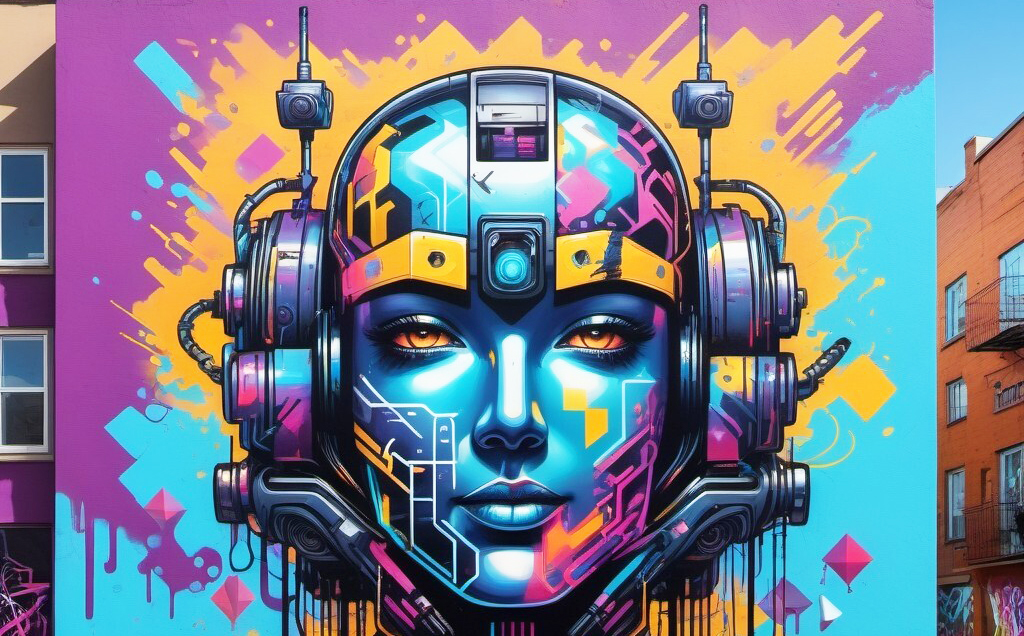#AI ART
A multifaceted convergence of human creativity and technological innovation

AI art, or artificial intelligence art, is a burgeoning field that merges the creative capacities of human artists with the computational power and algorithmic capabilities of artificial intelligence systems. This interdisciplinary intersection encompasses a broad spectrum of artistic expression, including visual arts, music, literature, and performance, among others.
At its core, AI art leverages various machine learning techniques and algorithms to either autonomously generate new artworks or assist human artists in their creative processes. These techniques include deep learning models like Generative Adversarial Networks (GANs), recurrent neural networks (RNNs), and convolutional neural networks (CNNs), among others.
In one vein of AI art, generative models such as GANs are employed to autonomously produce entirely new visual compositions, often based on patterns learned from extensive datasets of existing artworks. These AI-generated artworks can range from abstract forms and surreal landscapes to photorealistic images, sometimes blurring the line between human and machine creativity.
Another aspect of AI art involves style transfer algorithms, which enable artists to apply the aesthetic characteristics of one image onto another. This technique allows for the creation of hybrid artworks that blend the styles of different artists, epochs, or cultural influences, leading to novel visual expressions and reinterpretations of artistic conventions.
Furthermore, AI tools can serve as creative collaborators for human artists, offering assistance in various aspects of the artistic process. These tools may provide suggestions for color palettes, composition arrangements, or even generate preliminary sketches based on textual prompts or conceptual input. By leveraging AI as a co-creator, artists can explore new creative pathways and push the boundaries of traditional artistic practices.
Additionally, AI-driven interactive installations and experiences constitute another dimension of AI art, wherein artworks dynamically respond to viewer interactions or environmental stimuli. These immersive installations engage audiences in participatory experiences, blurring the distinction between observer and creator, and inviting viewers to coalesce with the artwork in real-time.
In summary, AI art represents a multifaceted convergence of human creativity and technological innovation, challenging conventional notions of artistic authorship, aesthetics, and the relationship between humans and machines. As this field continues to evolve, it raises profound questions about the nature of creativity, the role of technology in artistic expression, and the boundaries of what constitutes art in the digital age.
In its 19 editions, Technarte has hosted renowned international artists and researchers working on the infinite possibilities offered by the fusion of art and technology. Since 2019 Technarte has hosted projects related to AI Art, such as the lecture Neural Psychedelic Aesthetics – Deep Learning for Creative Machines by the artist Eyal Gruss.
Discover new are trends on Generative Art, Data Art, AI Art, Bio Art, sonification and performance at Technarte 2024